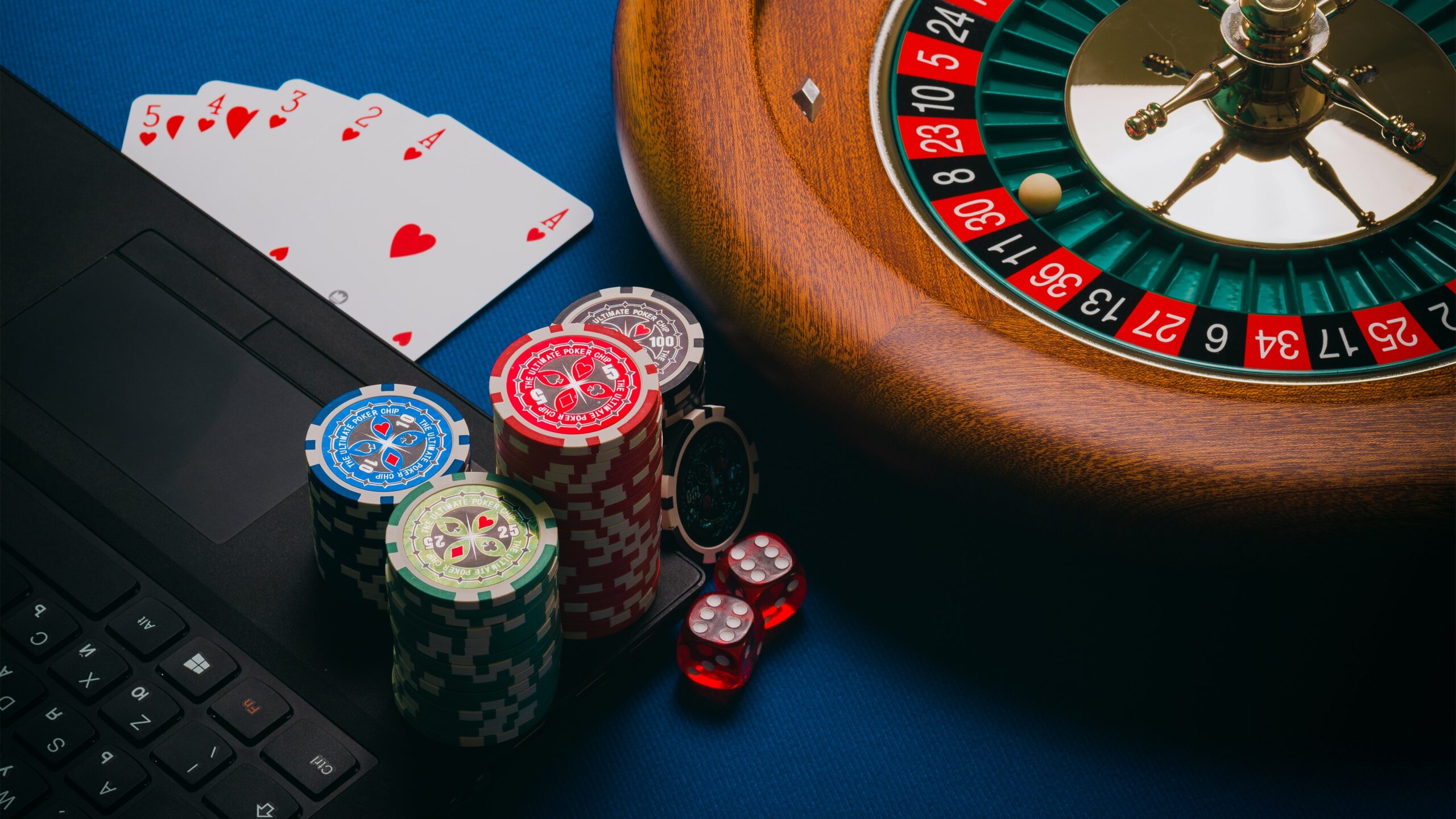It is inside of everybody and is the reason we can perceive, think and much much more.
In short: our brain is a fucking miracle, representing in small almost sth as complex as the universe itself.
Our brain is ridiculously complex. In this post series, I like to introduce you to the 5 main departments of the brain, as well as their main functions. Each of these departments has many sub-departments, which happen to have many sub-departments too.
These 5 main departments are the Cerebrum or Telencephalon, the interbrain or Diencephalon, the midbrain or Mesencephalon, the Cerebellum, and the brainstem.
The Cerebrum or Telencephalon is the largest part of the human brain and includes the functions that permit us to use consciously our cognitive processes.
The Cerebrum or Telencephalon.

As already mentioned, it is the largest part of our brain, making up about 80 % of its masse. It is also the youngest part. containing the Neocortex amongst more.
If you think about ice cream, it is the upper ice cream ball that sits over all the other ones, with a tendency for the frontal part of our brain. That is why it is also known as the cerebral cortex. It consists of 4 lobes. Its surface looks like a walnut with its ridges and furrows to increase the surface. A ridge is called gyri. A furrow is called sulci. There are four main lobes: you can divide the cerebrum in: the frontal lobe, the parietal lobe, the temporal lobe, and the occipital lobe.
Functions:
It plays a vital role in our system. It connects all our organs, organ systems, and tissues with each other and coordinates them with each other.
Thus stimuli, both from the environment and from the inside of our organism, are absorbed via receptors and transmitted to the brain via nerve tracts and then evaluated and processed in the cerebrum and the cerebral cortex.
Depending on the type of stimuli, a response then takes the form of stimuli that are transmitted via descending nerve tracts to the periphery, internal organs, and organ systems.
Not all stimuli reach the cerebral cortex. Some information is processed quickly and without reaching consciousness in “lower” brain regions.
Most functional centers of the cerebrum occur symmetrically in each hemisphere, but some centers exist only once, such as the speech center.
Language and Logic are found in the left hemisphere of the cerebrum. Creativity and sense of orientation in the right hemisphere.
It plays a key role in
- Thought.
- Perception.
- Memory.
- Awareness.
- Consciousness.
- Attention.
- Language.
It is the part that lets us take part in things like:
- Planning.
- Visualizing the future.
- Decision-making.
- Problem-solving.
- Self-control.
- Acting with long-term goals in mind.
- Being able to perceive the presence.
- Remembering the past and bringing images from our long-term memory back to our consciousness.
- imagining the future and being able to plan and act on it.
But this part of our brain doesn’t feel emotions. It prefers to think rationally. Storing abilities, skills, and knowledge. It stores in its different fields and areas what we learn, be it riding a bicycle, speaking or playing guitar.
Its different functions let it be divided into several areas or fields or functional centers with their own functions. There are over 50 of these but I introduce just the most important ones.
The most important functional centres.
They are the primary motor, the primary sensory areas, and the association cortices.
Part of the primary sensory areas are
- the primary somatosensation cortex,
- the primary visual cortex,
- the primary acoustic cortex.
These cortex regions play a central role in the processing and awareness of neuronal impulses and are closely related to the Brodmann areas which contain amongst much more the Broca’s-area and the Wernicke-area.
The Broca’s-area is responsible for
- speech
- motor skills
- sound-formation
- sound analysis
- articulation
- formation of abstract words.
The Wernicke-area is responsible for auditory sensory and logical speech processing.
The primary motor cortex coordinates movements.
It is the main contributor to create neural electric impulses that pass down to the spinal cord and control the execution of movement.
It sends the electric impulses through their axons to the brainstem and spinal cord to synapses on the lower motor neurons, which innervate the muscles.
Axons can be viewed as an electric cable that permits information in the form of impulses to be transmitted to other neurons, muscles, and glands in other areas of the brain.
The primary sensory area processes sensory impressions.
Such as visual, auditory, somatosensory, gustatory, and olfactory pieces of information/ impressions. Synthesizing them with other areas into our perceptions of the world.
The association cortices add meaning and significance to the sensory or motor information received. Matching present sensory information with past sensory information, drawn from memory probably takes place in the association areas.
You can divide the association areas in three main ones, though there are more of them.
The Frontal Associative Cortex.
Simplified it can be called the “seat of personality”. Emotional stability depends upon this cortex.
The Limbic Associative Cortex.
The limbic associative cortex is considered to play a major role in the process of learning and recognizing mainly faces but also characteristic features.
The Parietal Associative Cortex.
It plays a role in the following aspects or fields: Representation of visual fields, lexical language, emotional language and tonality, writing, spatial orientation, speech, abstract spatial thinking, logical abstract thinking, and neglect.
The 4 main lobes.
There are two more but I mention here only the outer ones.
Frontal lobe (Lobus frontalis)
The frontal lobe is involved in the reasoning process, emotion, motor control, and language. The primary motor cortex is located here. It is involved in planning and coordinating movements. The same goes for the prefrontal cortex, responsible for high cognitive functioning, as well as Broca’s area, which responsible for language production.
The frontal lobe contains most of the dopamine-delicate neurons in the cerebral cortex. Dopamine activity is vital for attention, reward, motivation, short-term memory and planning.
Parietal lobe (Lobus parietalis)
The parietal lobe is involved in processing the information from the senses of the body. The somatosensory cortex is located here which is responsible for processing the sensory information from across the body, like temperature, touch, and pain for example. The parietal lobe is located between the frontal lobe and the occipital lobe. To be more precise, it is rather above the occipital lobe. The superior parietal lobule and inferior parietal lobule are the primary areas of body or spatial awareness. Damage to the right superior or inferior parietal lobule leads to hemineglect. When this happens you fail to be aware of items on the damaged side of your head.
Temporal lobe (Lobus temporalis)
The temporal lobe is involved in processing your sensory input, your hearing, memory, emotion, and some language aspects, into derived meanings for the appropriate retention of language comprehension, emotion association, and visual memories. It is located on both sides of your head. The auditory cortex, main responsible for processing auditory information, is here located together with the Wernicke’s Area, which is responsible for speech comprehension. People with damage to Wernicke’s area can’t understand the language but can create it.
Occipital lobe (Lobus occipitalis)
The occipital lobe is located at the very back of the brain and contains the primary visual cortex, which is responsible for interpreting incoming visual information. The occipital cortex is organized retinotopically, which means there is a close relationship between the position of an object in a person’s visual field and the position of that object’s representation on the cortex. You will learn much more about how visual information is processed in the occipital lobe when you study sensation and perception.
Hippocampus
It has the form of a sea horse. It is responsible for short-term memory and the capacity for remembering. It is responsible for bringing information from short-term memory into long-term memory. It has two parts, one for each hemisphere of the brain and they lay close to the inner side of the temporal lobes. It has the role of the control room of the limbic system.
The limbic system is involved in the processing of emotions and the emergence of instinctive behavior. The damage of the Hippocampus leads to the inability of producing new memories. Long-term memories are stored in other parts of the cerebral cortex. When something happens, our Hippocampus starts delivering us associated memories. It helps to compare new experiences with old ones and take decisions upon these comparisons. It memorizes everything we experience, starting already in the womb. When we still deal excessively with something of the past, it is due to the deep storage of very negative memories in our Hippocampus, for preventing us to repeat what led to these very negative memories.
Basal ganglia.
The Basal ganglia are highly interconnected with different parts of the brain. Amongst more, with the cerebral cortex, the cerebrum, the thalamus, and the brainstem. It has a variety of functions, like eye movements, cognition, emotion, control of voluntary motor movements, and procedural learning.
Olfactory bulb.
The olfactory bulb is involved in smelling and processing the information of your olfactory senses and send the sensory messages to your cerebrum. Information that concern enhanced sensitivity for the detection of odors or differences between them and the filtering out of background smells when smelling something particular
I hope this introduction of the part of our brain, that is most involved in our conscious thinking process, as well as the storage of everything we learn, has given you a clearer image of the miraculous thing you contain in your head, that contains your consciousness.
“Fill the brain with high thoughts, highest ideals, place them day and night before you, and out of that will come great work.“
Swami Vivekananda








